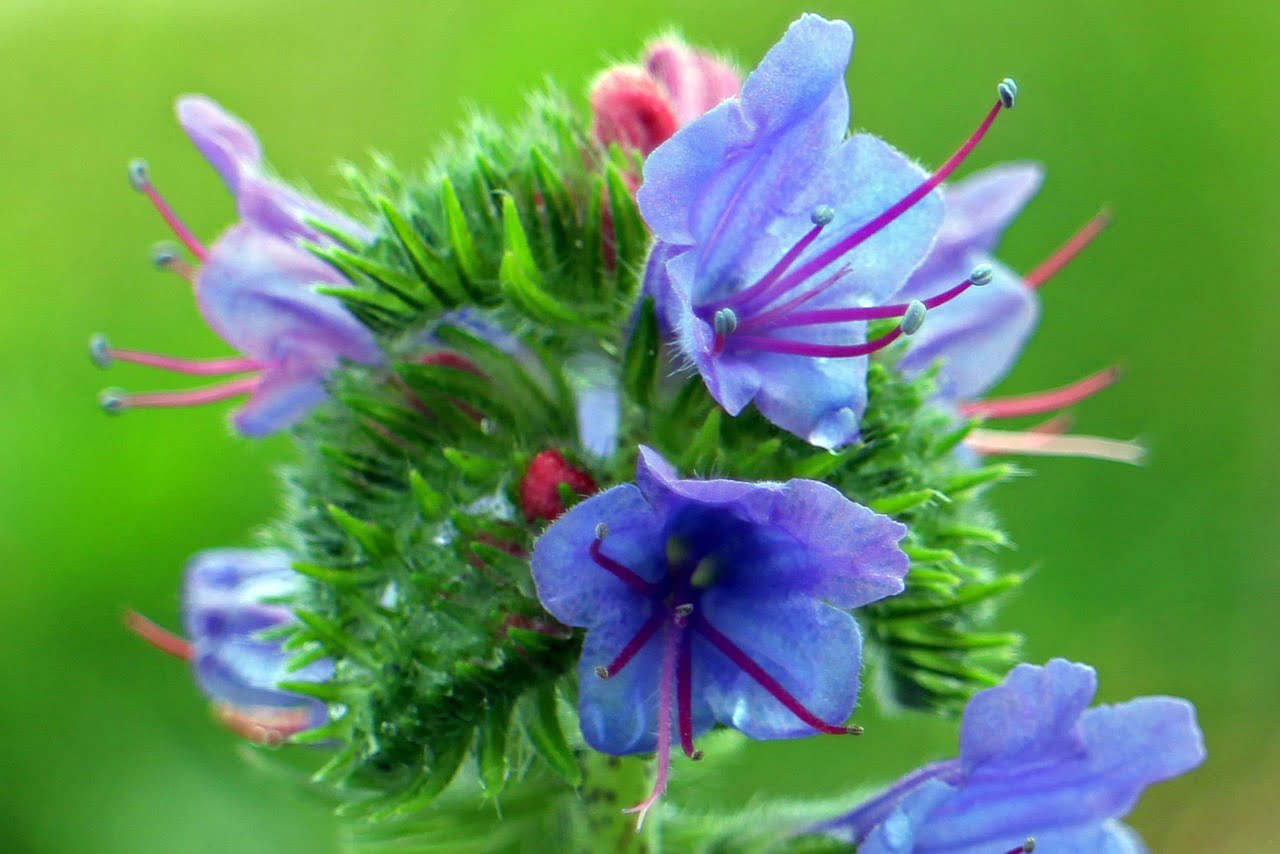
Echium and Planting: A Comprehensive Guide
Introduction
Echium, often referred to as “Pride of Madeira” or “Viper’s Bugloss,” is a captivating genus of flowering plants that belong to the Boraginaceae family. These vibrant and striking flowers have earned a special place in the hearts of garden enthusiasts around the world. If you’re eager to add a touch of natural beauty to your garden, this article is your go-to resource for planting and caring for echium.
What is Echium?
Echium is a diverse genus comprising approximately 70 distinct species. These captivating plants are indigenous to various regions, including Europe, the Canary Islands, and North Africa. What makes echium truly remarkable is its colorful, spiky blossoms that not only beautify your garden but also attract essential pollinators such as bees and butterflies.
1. Choosing the Right Echium Species
Factors to Consider
Before you embark on your echium gardening journey, it’s crucial to select the appropriate echium species that align with your local climate and garden conditions. Here are some key factors to consider:
- Climate Compatibility: Echium species vary in their cold and heat tolerance. Ensure that the species you choose can thrive in your local climate.
- Garden Space: Take into account the available space in your garden. Some echium species can grow quite large, while others are more compact.
- Color Preferences: Echium blooms come in a spectrum of colors, including shades of blue, pink, and purple. Choose the colors that resonate with your garden’s aesthetics.
2. Selecting the Perfect Location
Sunlight Requirements
Echium plants thrive in full sun, making it imperative to select a location that receives at least 6-8 hours of direct sunlight daily. This ensures that your echium plants grow vigorously and produce vibrant, long-lasting blossoms.
3. Soil Preparation
Soil Type and pH
To cultivate healthy echium plants, it’s essential to provide them with well-draining soil that has a slightly acidic to neutral pH level (around 6.0-7.0). Enhance soil drainage by incorporating organic matter, such as compost or well-rotted manure.
4. Planting Echium Seeds
Sowing Depth
Plant echium seeds at a depth of approximately 1/8 inch in well-prepared soil. Adequate spacing between plants ensures that each echium seedling has ample room to grow and flourish.
5. Echium Care and Maintenance
Watering and Fertilization
Proper watering and fertilization are essential aspects of echium care. To keep your echium plants healthy and thriving:
- Watering: Echium plants prefer consistent moisture, so ensure that the soil remains evenly moist but not waterlogged.
- Fertilization: Use a balanced, all-purpose fertilizer to provide essential nutrients to your echium plants during the growing season.
6. Pruning and Deadheading
Promoting Growth
Pruning and deadheading are key practices to encourage continuous growth and prolonged flowering in echium plants. Here’s how to go about it:
- Deadheading: Remove spent blossoms to stimulate the production of new flowers.
- Pruning: Trim back leggy or overgrown branches to maintain a compact and attractive appearance.
7. Common Pests and Diseases
Prevention and Treatment
Echium plants can occasionally fall victim to common pests and diseases. Here’s how to identify and address these issues:
- Pests: Keep an eye out for aphids and spider mites, common pests that may infest echium. Early detection and intervention are crucial.
- Diseases: Prevent diseases by providing proper air circulation and avoiding overhead watering.
8. Echium’s Ecological Importance
Attracting Wildlife
Echium plants are not just visually appealing; they also play a crucial role in supporting local ecosystems. By planting echium, you can attract essential wildlife, including pollinators like bees and butterflies, and even birds that feed on insects attracted to the flowers.
9. Echium as Ornamental Plants
Landscaping Ideas
Echium’s stunning blooms make them a fantastic addition to your garden’s landscape. Here are some creative ideas to incorporate echium into your garden design:
- Borders and Edging: Plant echium along garden borders to create a striking visual boundary.
- Mixed Flower Beds: Pair echium with other colorful flowers to create eye-catching mixed flower beds.
- Container Gardening: Echium can thrive in large containers, allowing you to move them around to different areas of your garden as needed.
10. Propagating Echium
Methods and Tips
Learn how to propagate echium and expand your collection. Echium can be propagated through various methods, including:
- Seeds: Collect and sow seeds from mature echium plants.
- Cuttings: Take stem cuttings and root them to create new plants.
11. Frequently Asked Questions
Troubleshooting Tips
Let’s address some common questions and concerns that gardeners often have about growing echium:
- How often should I water my echium plants?
- Water deeply when the top inch of soil is dry, typically once a week.
- Can I grow echium in containers?
- Yes, echium can thrive in containers if provided with proper sunlight and well-draining soil.
- Do echium plants require special pruning techniques?
- Regular deadheading and occasional pruning will promote continuous flowering and maintain plant shape.
- What are the most common pests that affect echium?
- Look out for aphids and spider mites; act promptly if you notice any infestations.
- Are echium plants suitable for xeriscaping?
- Echium’s drought-tolerant nature makes it an excellent choice for xeriscaping in arid regions.
12. Conclusion
In conclusion, the journey of planting and caring for echium is a rewarding one. These magnificent plants not only enhance the aesthetics of your garden but also contribute significantly to the local ecosystem by attracting beneficial wildlife. With proper care and attention to the details outlined in this comprehensive guide, you can enjoy the beauty of echium blooms in your garden for years to come.